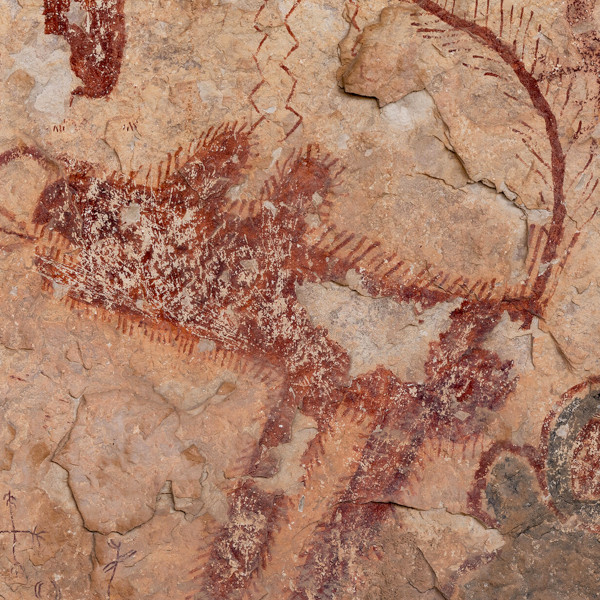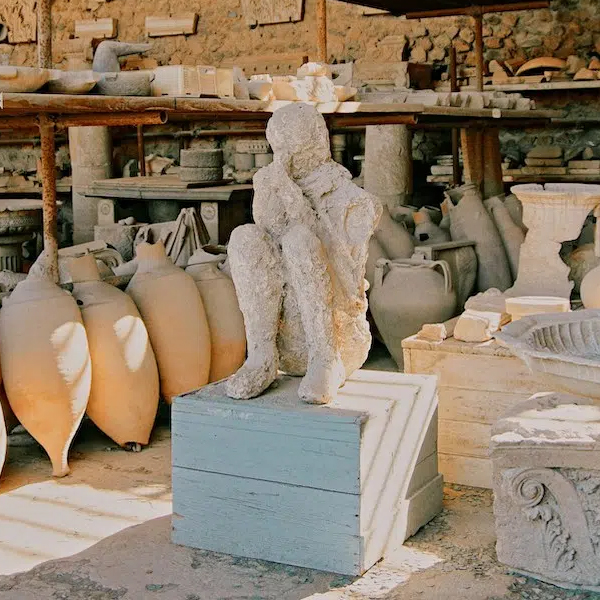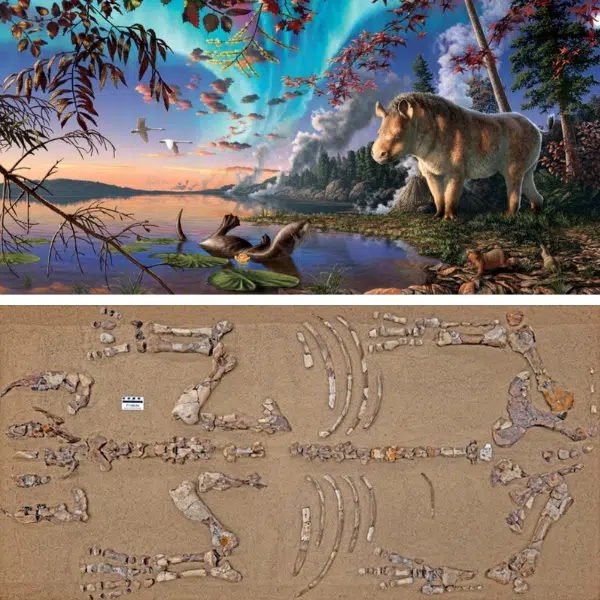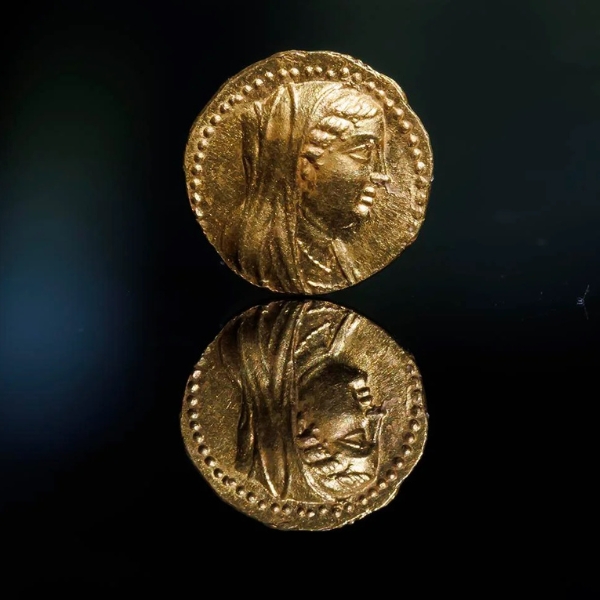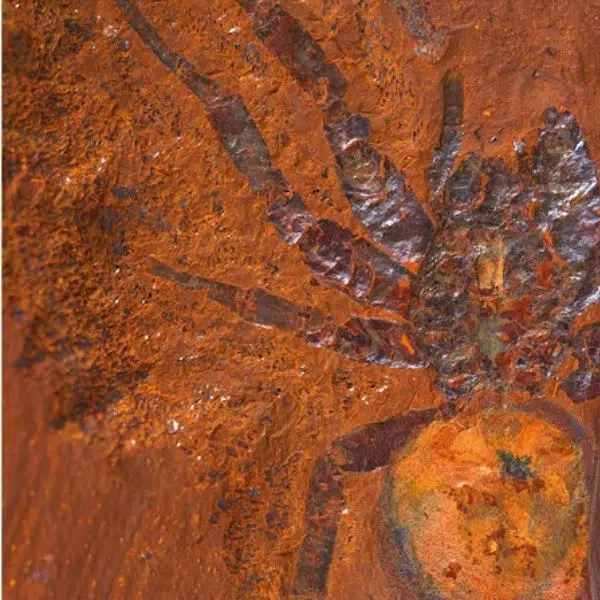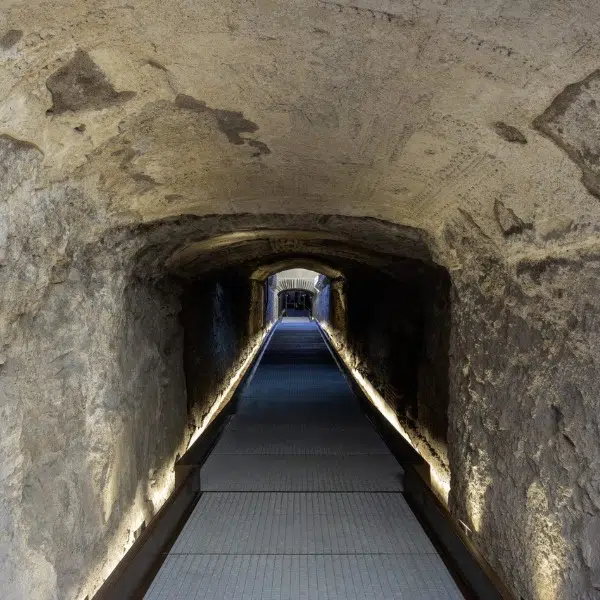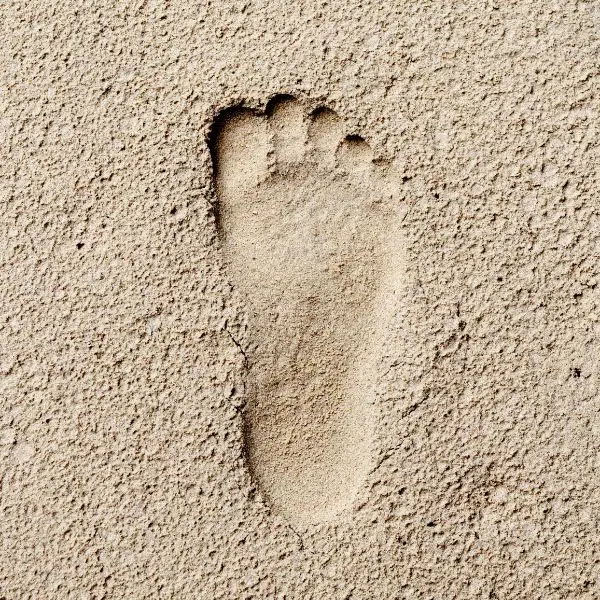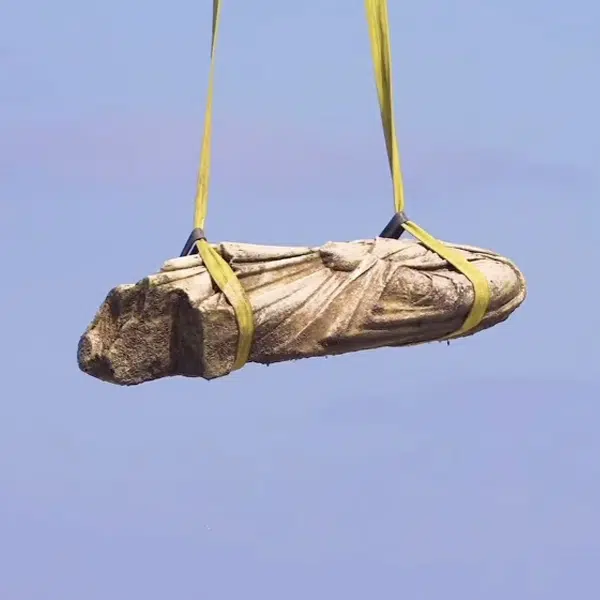
Photo: gpiazzese/Depositphotos (Not a photo of the actual lake.)
The volcano-rich area of Gran Carro di Bolsena in Aiola, Italy, is somewhat shrouded in mystery—one that researchers only began to unravel in recent decades. And now, they found a piece that could offer a little more insight into those who once populated this region. During work at the underwater archaeological site, divers found an ancient clay figurine from the Iron Age.
The finding was announced on the Superintendence of Archeology Fine Arts Landscape Southern Etruria's Facebook page. The figurine seems to be an unfinished clay figure of a woman, dating from between the 10th and 9th centuries BCE. While it's smaller than the palm of a human hand and doesn't look like a finished piece, it holds marks of its artisanal creation. It features fingerprints and an imprint of a plot of fabric under the chest that possibly means that the figurine was likely “dressed” at one point.
“This is an exceptional find, a unicum at the moment from this important archaeological context that is giving us back aspects of daily life of the early Iron Age (late 10th century BCE-early 9th century BCE) still little known in southern Etruria,” reads a statement from the Superintendence.
Although experts say the figurine evokes something they’d usually find in funerary sites, the statuette was found in what was once a residential area. “Its finding within one of the structures being unearthed is to be considered votive in nature, probably to be related to some kind of domestic ritual, as also attested in later periods,” the Superintendence writes. “The discovery was made by personnel from our Underwater Archaeology Service, which was followed by the recovery and initial conservation work by underwater restorers from CSR Restoration of Cultural Heritage.”
While the piece has sparked more questions than answers, it'll surely allow experts to better understand the lifestyle of those who once called this region home—an endeavor that began only in 1991. Back then, researchers discovered that the pile of shapeless stones that make up Aiola are linked to the presence of hot thermal water springs, as well as the finding of wooden poles and ceramic fragments on the southwest side of the lake that date back to the early Iron Age.
During work at the underwater archaeological site of Gran Carro di Bolsena in Aiola, Italy, divers found an ancient clay figurine from the Iron Age that features the fingerprints of its creator.
h/t: [Popular Mechanics]
Related Articles:
Longstanding Mystery Surrounding the Origins of a 30,000-Year-Old Figurine Is Solved
Underwater Archeologists Discover Ornate 2,000-Year-Old Mosaic Floor in Italy
Volunteers Uncover 3,500-Year-Old Rock Art During Environmental Cleanup in Kazakhstan
Archeologists Unearth Ancient Maya Beekeeping Tools in Southeastern Mexico











































































